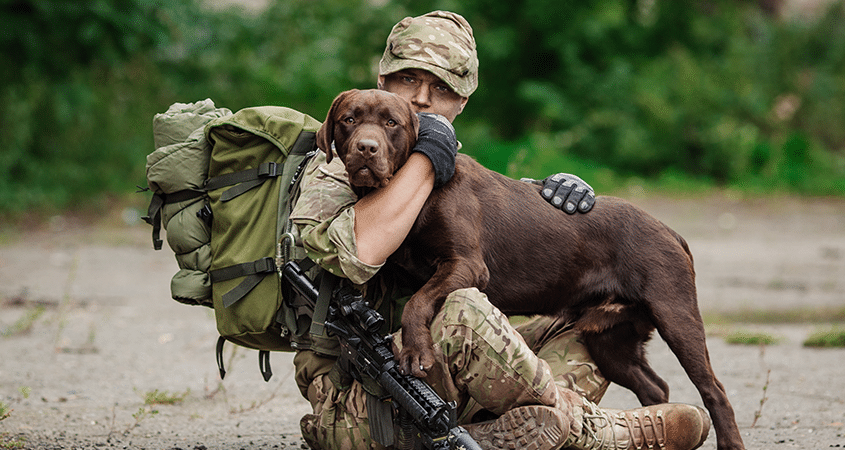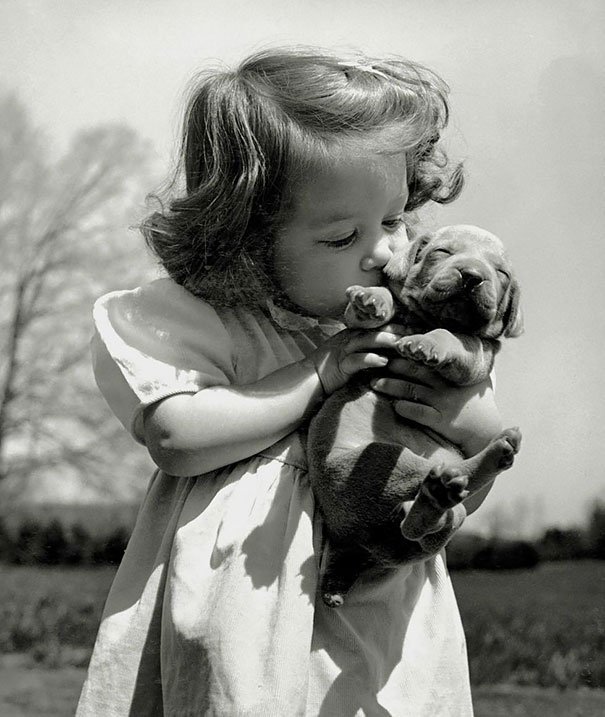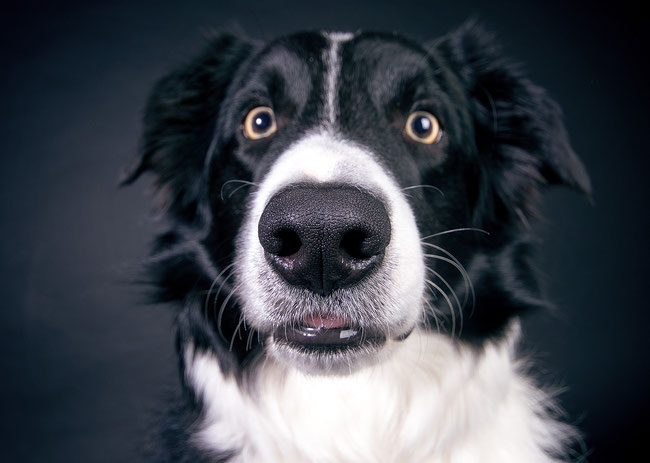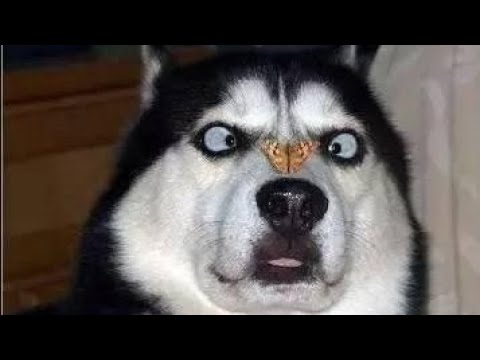I believe that, just as each one of us has a story to tell, each animal has one, too. It all comes down to the POV (point of view).
As humans, our cultural background and experiences influence the way we understand and interact with the world. We see and perceive animals from a rather self-centered, oblivious point of view, based on personal (humanoid) knowledge (as a human), EQ (emotional intelligence) and, of course, inhibitions and phobias. But there are millions of animal species known to man, out of which over 5 000 species are mammals. Chances are we will only meet and interact with a fraction of them.

About dogs (world’s most popular pets), we known that they respond to human praise, but also choose human praise over a food treat – and the vice-versa is valid too, pet ownership influences childhood development. We know that they miss their (human) owners and often suffer when they are away from them. In Kenya, elephant families have been observed to pull together while struggling to survive drought and poaching. In other parts of the world wolf packs have been observed to adopt the cubs left without parents. A calve will stay with its dolphin mother as long as eight years; because they are so social, dolphins live in pods of up to 1000 members. That’s a small town!
Now let’s change the point of view.
How do animals perceive us? As friends or as enemies? What do animals feel? They do look angry at times, they seem to grief, to show empathy, to feel joy. But what goes through their minds? What goes through a dog’s mind (and heart) when one of his puppies is removed from the litter? What is a mother elephant actually saying when she rumbles and trumpets to protect her calf? I love listening to the morning birds, their chirp is peaceful and soothing, but what are they actually saying to each other?
Do animals have beliefs of their own? Do they act on intend? Do they use their knowledge and plan ahead? And if they do so, are we, humans, really “getting it” or do we miss the point all together?

Perhaps our children are the ones closest to finding an answer. Children are naturally open to this concept of “theory of mind” (the ability to attribute mental states — beliefs, intents, desires, emotions, knowledge, etc. — to oneself and to others), as well as to learning about it. Attributing an animal desires and intents similar to their own is a characteristic behavior for a child. Children are tuned in and they do “get” the animals’ language.
The fact that children attempt eye contact more often than grown-ups might also facilitate a kid’s closer understanding of animal language. Eye contact between humans and dogs is paramount for a successful social interaction between the two as dogs rely on eye contact when establishing if the communication is relevant and directed at them. Dogs, especially, establish eye contact when they cannot solve a problem on their own.
Watching animals interact and understanding them is a learning curve for any human. It is an exercise on acknowledging that human race is not as superior as we like to believe. Animals do experience the same love and empathy as we do, but they certainly lack the hatred and the grudge that tends to overshadow and hinder us. Perhaps that one of the ways to reduce poaching and animal trafficking is through raising the bar in our knowledge of the animal world around us.
You be the judge, is the theory of mind and the idea that each animal has a story to tell valid?






I’ll end Theory of Mind, Each Animal Has a Story to Tell with this quote from one of my books:
“There was still a cloud of brown dust hovering around the Marines’ khaki shorts, tinting the scene in shades of sepia; a herd of stallions panting, their ears attend, nostrils quivering in expectation.
One of the Marines had picked up the ball, popping it between his arm and hip. Tara’s tail wagged, recognizing her partner and human handler, Seb.
Another Marine slapped Seb’s shoulder in a friendly manner and it was Xena’s turn to snort, recognizing Conde.
Dancing on the spot, Tara blew air through her nose and yapped at Honda in the next cage. Rambo spun around, pacing along the fence. Will Kent get a turn at holding the ball? Will he?
Only Honda cracked a sleepy eye, her tail sweeping the ground once before rolling over onto her back, snorting. Honda enjoyed action as much any dog, but she also knew that the humans did a lot of talking before any action would begin. Until she would sniff Dunn approaching her cage, Honda couldn’t be bothered.”
Silent Heroes by Patricia Furstenberg


5 Replies to “Theory of Mind: Each Animal Has a Story to Tell”
Comments are closed.